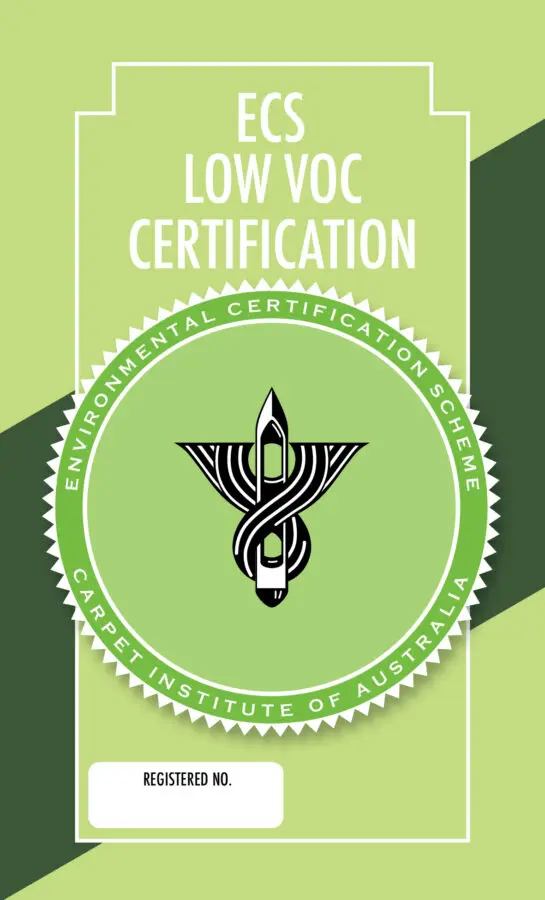
The Carpet Institute of Australia (CIAL) introduces the Environmental Certification Scheme (ECS) Low VOC / Low Toxicity Certification. Assessed by the Green Building Council of Australia, this certification ensures building fit-out products emit low levels of volatile organic compounds (VOCs), safeguarding indoor air quality. As the secretary to this initiative, CIAL leverages the expertise of the Australian Carpet Classification Scheme (ACCS) panel for independent verification.
The ECS Low VOC Certification addresses VOC emissions from building products during the initial post-manufacture phase and after a specified conditioning period (up to 28 days).
Measured as emission factors (µg/h/m²), these individual VOCs are evaluated for human toxicity using the Reference Exposure Level (REL) and limits for common VOCs to ensure a healthy indoor environment. This standard applies to products impacting air quality in indoor spaces
The certification is based on three critical criteria, rigorously assessed using laboratory testing. Below are some examples of VOCs and limits:
| Volatile Organic Compound |
Emissions Factor Limit (µg/h/m²) | Room Concentration Limit (µg/m³) |
|---|---|---|
| Formaldehyde | 10 µg/m2-h | 10 µg/m2-h |
| Toluene | 280 | 150 |
| Naphthalene | 20 | 11 |
| Hydrocarbons | 300 | 160 |
| Total | 500 | 500 |
This certification applies to all building products that influence indoor air quality, including
With up to 90% of our time spent indoors, this certification reduces exposure to harmful VOCs, enhancing occupant health. Testing standards like ISO 10580 and ISO 16000-9 ensure accurate measurement of emission factors that can be converted to concentrations in a standardised office environment (30.6 m³ volume, 11.2 m² floor area, 0.68 h⁻¹ air exchange).
All declarations are independently verified by the ACCS panel, with ingredient disclosures made publicly available, ensuring transparency for VOC claims